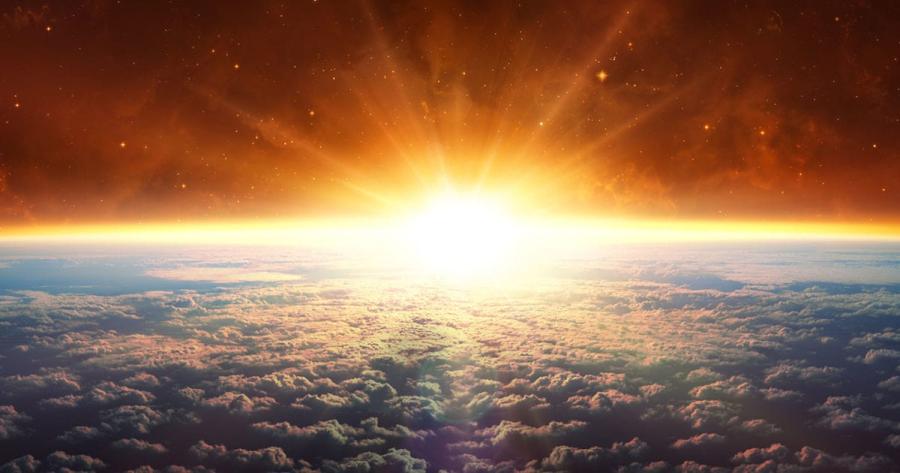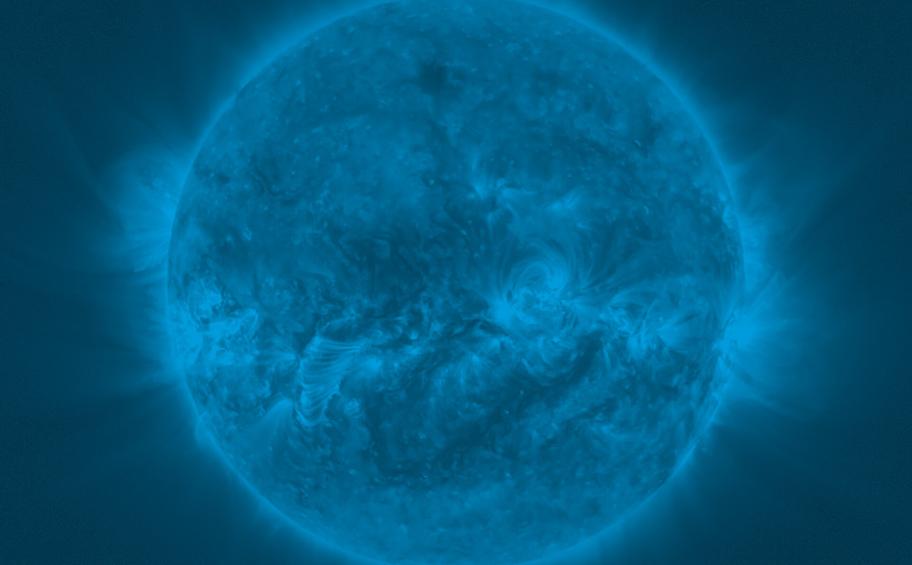How Does Space Weather Affect the Northern Lights?
Space weather refers to the conditions and phenomena that occur in the Earth's magnetosphere, ionosphere, and thermosphere. It is influenced by solar activity, such as solar flares and coronal mass ejections (CMEs), and can have a significant impact on the Earth's environment and technology. One of the most visible manifestations of space weather is the aurora borealis, also known as the Northern Lights.

Solar Activity And The Northern Lights
The Northern Lights are caused by the interaction between charged particles from the sun and Earth's magnetic field. When the sun emits solar flares or CMEs, these particles are ejected into space and travel towards Earth. As they approach our planet, they are deflected by Earth's magnetic field, which channels them towards the polar regions.
When these charged particles collide with atoms and molecules in the Earth's atmosphere, they excite them, causing them to emit light. The color of the aurora depends on the type of atom or molecule that is excited. Oxygen atoms emit green and red light, while nitrogen atoms emit blue and purple light.
Impact Of Space Weather On The Northern Lights
Space weather conditions can have a significant impact on the intensity, color, and location of the Northern Lights. During periods of high solar activity, such as during solar storms, the auroral displays can be more frequent, brighter, and visible from a wider range of locations.

For example, during the Carrington Event in 1859, a powerful solar storm caused auroras to be visible as far south as the Caribbean and Hawaii. More recently, in 2015, a strong geomagnetic storm resulted in spectacular auroral displays across much of North America and Europe.
Forecasting The Northern Lights
Forecasting the Northern Lights is a challenging task, as it depends on a number of factors, including the intensity and timing of solar activity, as well as the Earth's magnetic field conditions. However, there are a number of methods that can be used to predict the likelihood and intensity of auroral displays.
One common method is to monitor solar activity. When solar flares or CMEs are detected, it is more likely that auroras will occur within a few days. Another method is to use magnetometers to measure the Earth's magnetic field. When the magnetic field is disturbed, it is a sign that auroras are likely to occur.
Observing The Northern Lights
If you are planning a trip to see the Northern Lights, it is important to check space weather forecasts and aurora alerts before you go. This will help you to determine the best time and location to see the auroras.
Some of the best places to see the Northern Lights include:
- Fairbanks, Alaska
- Yellowknife, Canada
- Tromsø, Norway
- Abisko, Sweden
- Reykjavík, Iceland
When observing the Northern Lights, it is important to find a dark location with a clear view of the northern horizon. You should also dress warmly, as it can be very cold in the Arctic regions.
The Northern Lights are a beautiful and awe-inspiring natural phenomenon that is caused by space weather. By understanding the connection between space weather and the Northern Lights, we can better predict and appreciate these amazing displays of light.
YesNo

Leave a Reply